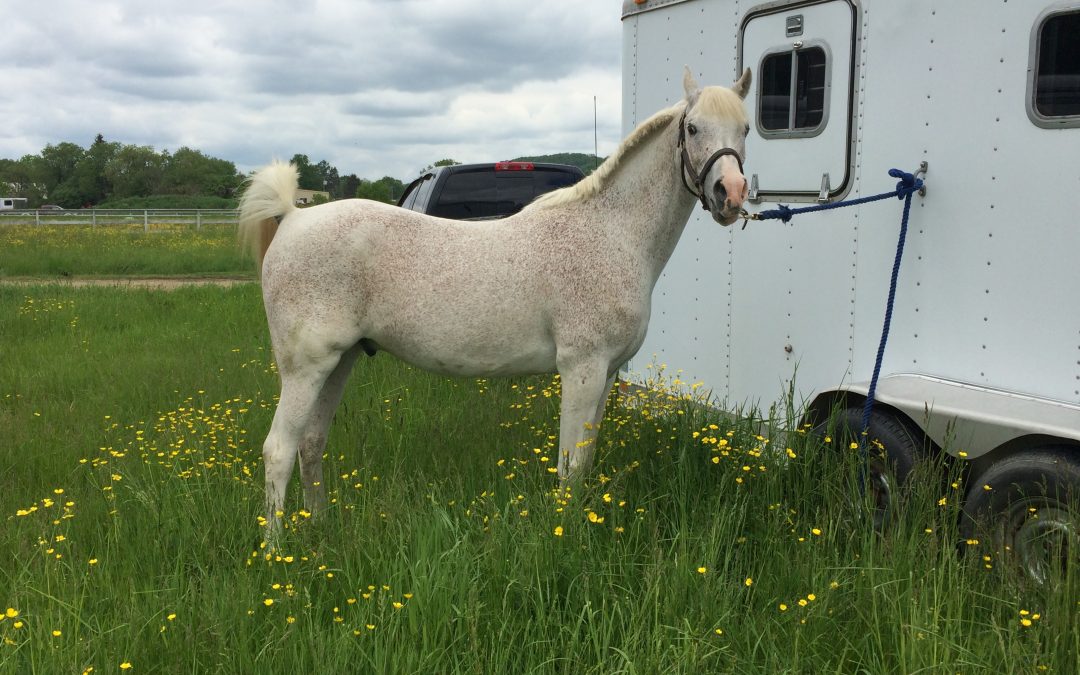Horse-canada.com - Full Article
Written by: Carley Sparks
Still in its infancy, stem cell therapy has the potential to transform equine medicine. While some applications have encouraging results, horse owners should exercise caution in these early days, when it comes to purchasing products that boast the benefits of stem cells.
Few, if any, areas of scientific study have captured the imagination of medicine and the masses alike as definitively as that of stem cell research.
From celebrity endorsements – Canadian actor Michael J. Fox was the long the face of the US’s stem cells wars – to science fiction – Star Wars, Sonic the Hedgehog and Halo, to name a few – tissue engineering has been heralded as the future of medicine. And it’s not just the popular vote. The 2012 Nobel Peace Prize in Physiology or Medicine was awarded to stem cell pioneers Sir John B. Gurdon and Shinya Yamanaka. The science is that encouraging.
“Stem cells have the promise to maybe treat certain diseases that are untreatable today or where the treatment options are palliative and not very good,” said Dr. Thomas Koch, an Assistant Professor at the University of Guelph and founding Committee Member for the newly established North American Veterinary Regenerative Medicine Association. But while the promise of stem cell therapy looms large over the medical community, actual scientific knowledge about its medical applications is in short supply. At this point in its colourful history, it’s simply too early to tell what, if any, benefit stem cells will have. “Not one single thing going on in veterinary medicine with stem cells is evidence based,” said Dr. Koch. “We’re excited about it. We see a lot of possibilities and potential, but, at this point, it’s Windows Version 1. It’s experimental medicine.”
That hasn’t stopped the rush to market, however. Despite the dearth of evidence, in regards to both safety and efficacy, stem cells are currently used in veterinary practices and can be found in an array of over-the-counter supplements. Some worry the hype is overshadowing the science...
Read more here:
https://www.horse-canada.com/magazine_articles/stem-cell-reality-check/
 EnduranceIntrospection.com - Full Story
EnduranceIntrospection.com - Full Story

